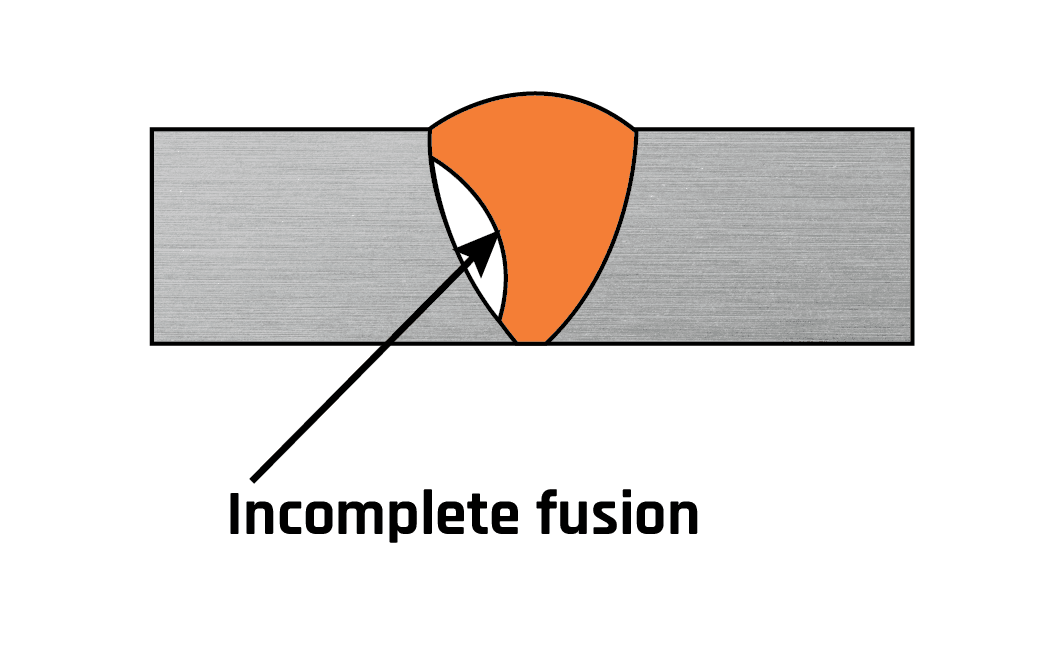Just How to Avoid Weld Undercut: Important Tips for Welders
Just How to Avoid Weld Undercut: Important Tips for Welders
Blog Article
Mastering the Art of Welding: Exactly How to Avoid Undercut Welding Issues for Flawless Fabrication Outcomes
By recognizing the root causes of undercut welding and executing efficient methods to prevent it, welders can raise their craft to new levels of quality. In the quest of remarkable manufacture results, mastering the art of welding to avoid undercut concerns is not simply an ability but a need for those making every effort for excellence in their job.
Understanding Undercut Welding

To prevent undercut welding, welders should ensure proper welding criteria, such as readjusting the current, voltage, travel speed, and maintaining the right electrode angle. By recognizing the reasons of undercut welding and applying preventative procedures, welders can attain top quality, structurally sound welds.
Reasons For Undercut in Welding
Comprehending the variables that add to undercut in welding is vital for welders to create top notch, structurally sound welds. When the weld metal does not correctly load the groove formed in between the base steel and the previously deposited weld steel, damaging happens. Several elements can result in undercut in welding. One usual cause is excessive heat input. Welding at high temperatures for extended durations can result in the base steel thawing even more than preferred, leading to damage. Insufficient welding incorrect or present welding speed can likewise contribute to undercut. Not enough current might not supply adequate warm to thaw the base and filler metals properly, while excessive rate can avoid correct combination, triggering undercut. Additionally, inappropriate electrode angles or incorrect lantern manipulation strategies can develop locations of reduced weld metal deposition, advertising undercut. Understanding these reasons and executing correct welding techniques can aid protect against undercutting concerns, making sure solid and resilient welds.
Methods to avoid Undercutting

To alleviate the threat of damaging in welding, welders can utilize strategic welding strategies targeted at enhancing the quality and stability of the weld joints. One reliable method is to adjust the welding parameters, such as voltage, present, and take a trip speed, to guarantee appropriate warm input and deposition. Preserving an appropriate electrode angle and making certain constant traveling rate can additionally aid protect against undercut. In addition, utilizing the proper welding strategy for the details joint arrangement, such as weave or stringer grains, can add to reducing undercutting. Preventing weld undercut.
Moreover, appropriate joint preparation, including ensuring tidy base materials complimentary of pollutants and utilizing the suitable welding consumables, is essential in preventing undercut issues. Utilizing back-step welding techniques and controlling the weld grain account can likewise assist disperse warm uniformly and reduce the threat of undercut. Routine evaluation of the weld joint during and after welding, along with executing quality control steps, can aid in discovering and addressing undercutting problems quickly. By implementing these strategies vigilantly, welders can attain flawless manufacture results with marginal undercut issues.
Relevance of Proper Welding Specifications
Picking and keeping appropriate welding specifications is important for accomplishing effective welds with marginal defects. Welding parameters refer to variables such as voltage, existing, travel speed, electrode angle, and shielding gas flow rate that straight influence the welding process. These parameters need to be very carefully readjusted based upon the kind of material being welded, its thickness, and the welding method utilized.
Appropriate welding specifications guarantee the correct amount of warmth is used to melt the base metals and filler material consistently. If the criteria are established expensive, it can result in too much warmth input, creating burn-through, spatter, or distortion. On the various other hand, if the criteria are as well low, incomplete fusion, absence of infiltration, or damaging might take place.
Top Quality Guarantee in Welding Workflow

Verdict
In verdict, understanding the art of welding needs a comprehensive understanding of undercut welding, its reasons, and techniques to avoid it. By making certain appropriate welding parameters and carrying out quality control techniques, remarkable construction results can be attained. It is important for welders to regularly pursue quality in their welding procedures to stay clear of undercut concerns and generate top quality welds.
Undercut welding, an usual defect in welding procedures, happens when the weld steel does not correctly fill the groove and leaves a groove or clinical depression along the welded joint.To stop undercut welding, welders must ensure proper welding criteria, such as changing the present, voltage, traveling speed, and keeping the appropriate electrode angle. Inadequate welding wrong or present welding rate can additionally contribute to undercut.To mitigate the threat of undercutting in welding, welders can employ tactical welding strategies intended at boosting the quality and stability of the weld joints.In final thought, grasping the art of welding calls for a thorough understanding of undercut welding, its reasons, and more information methods to prevent it.
Report this page